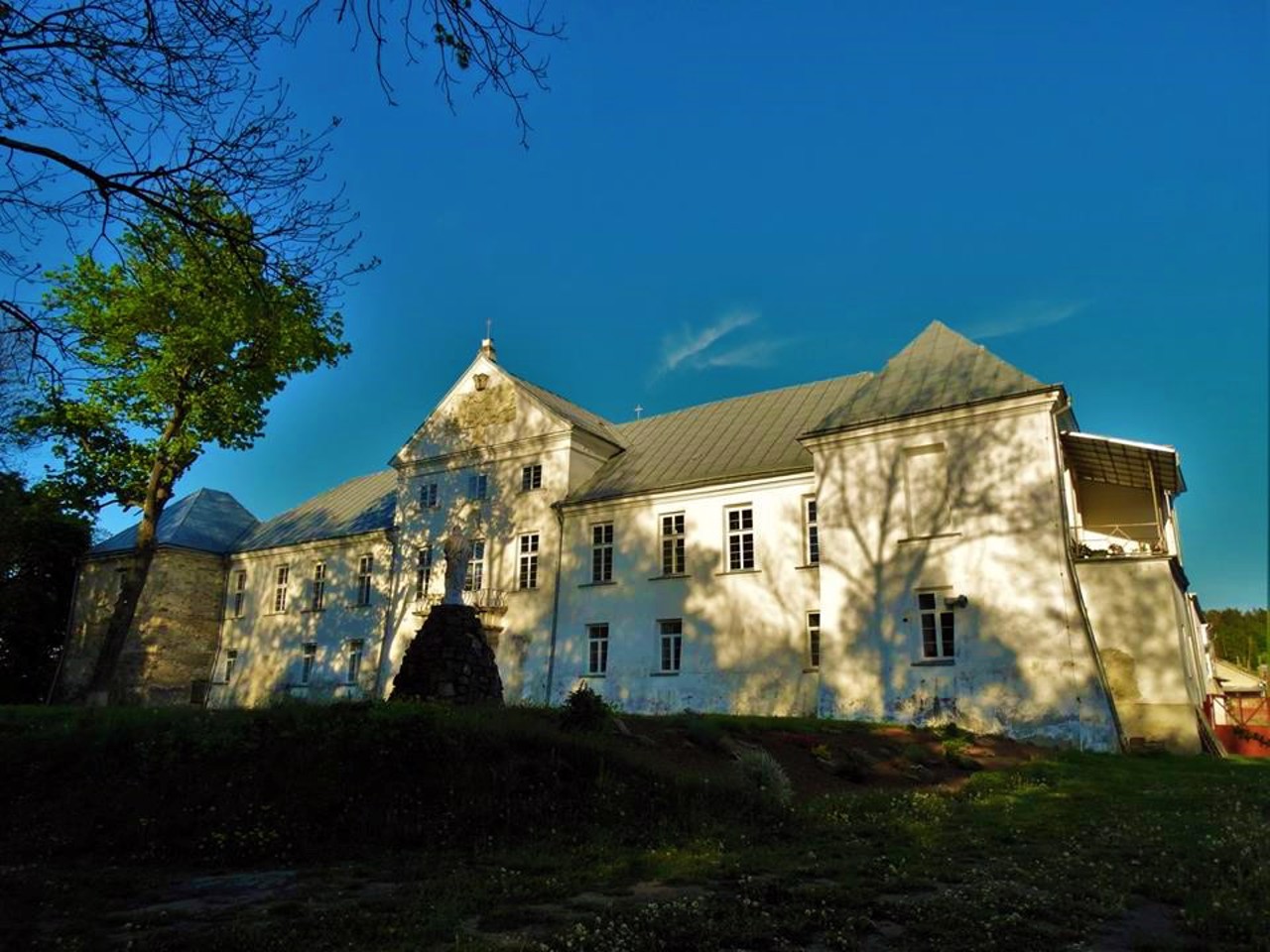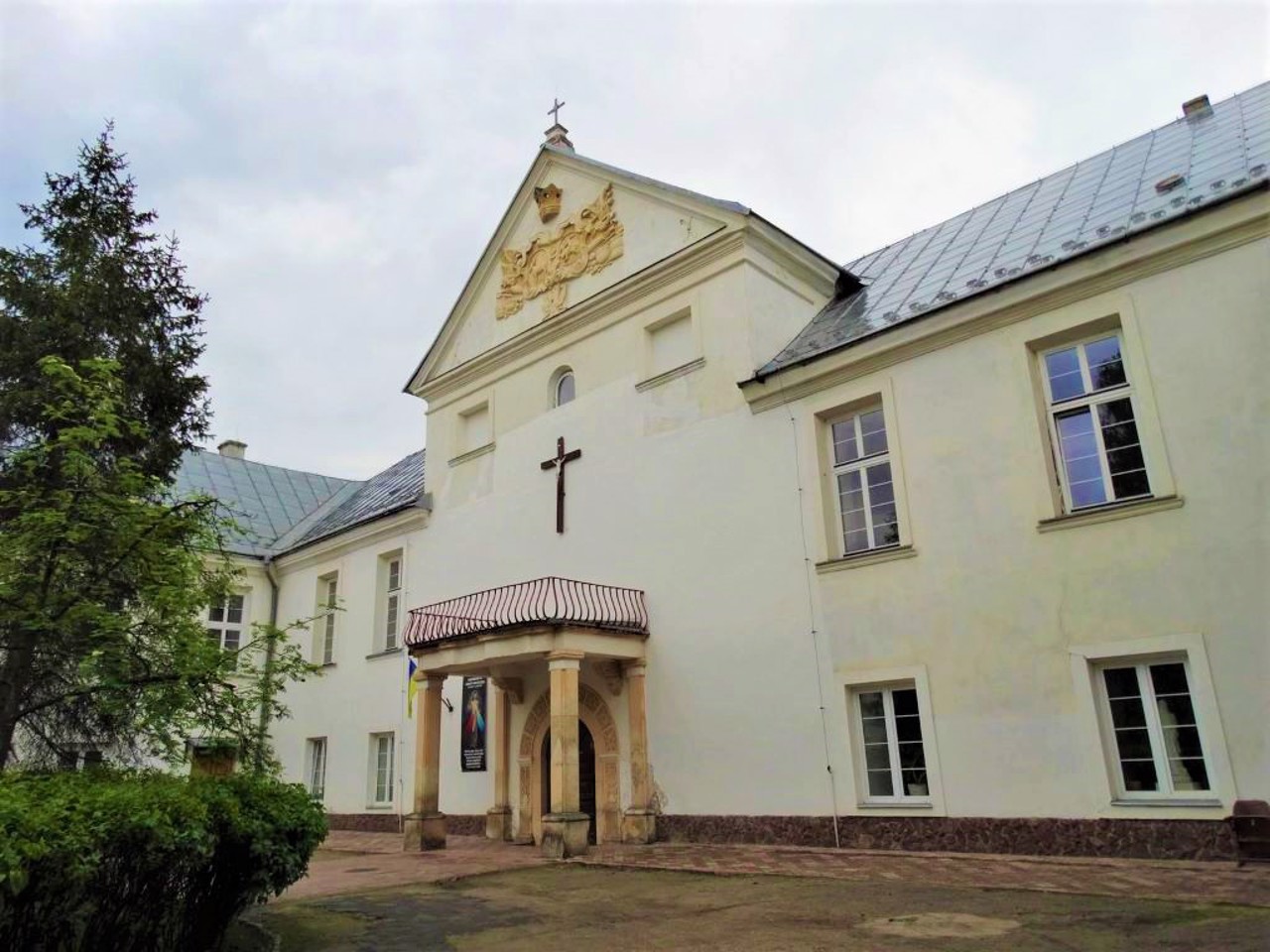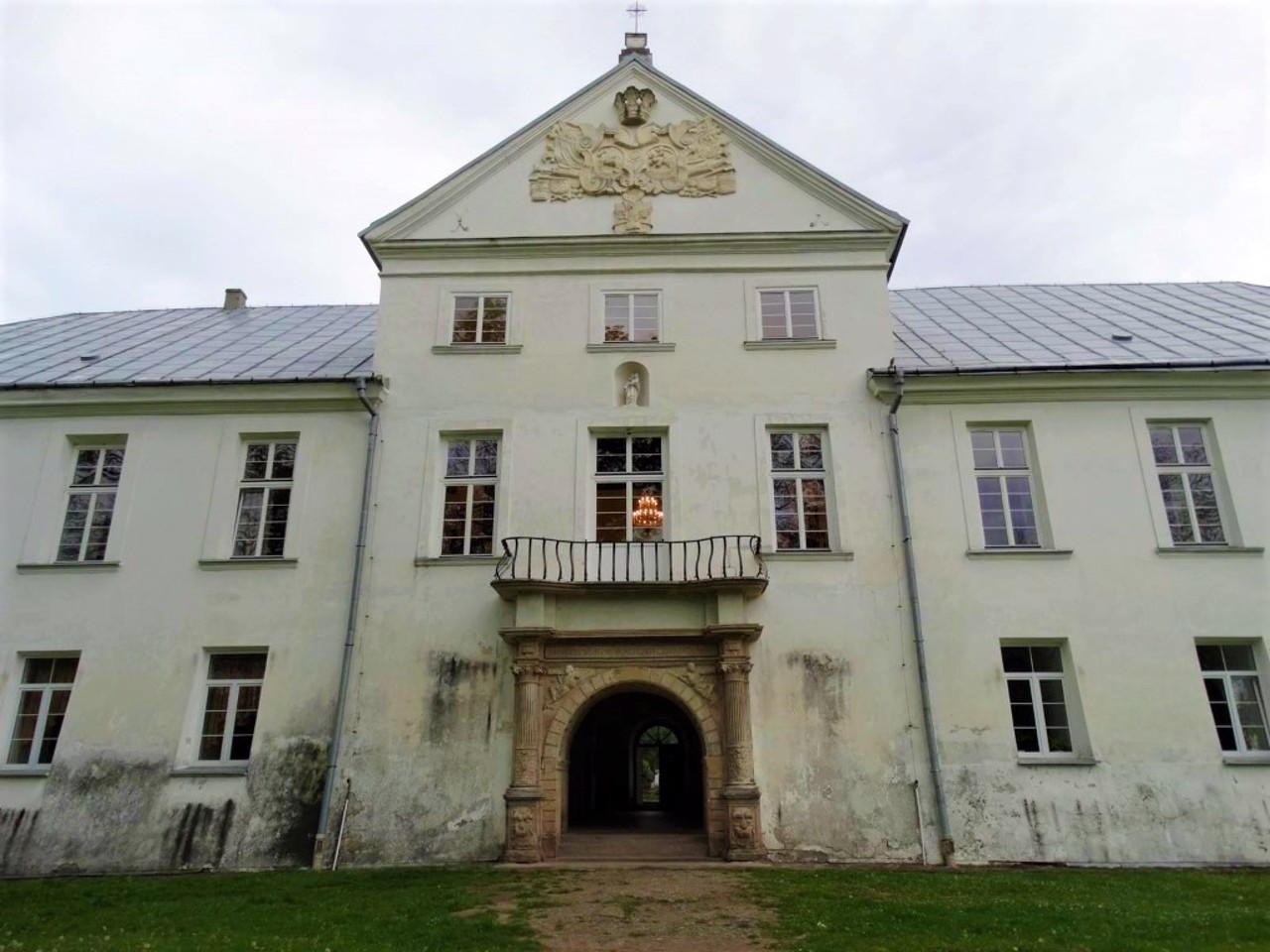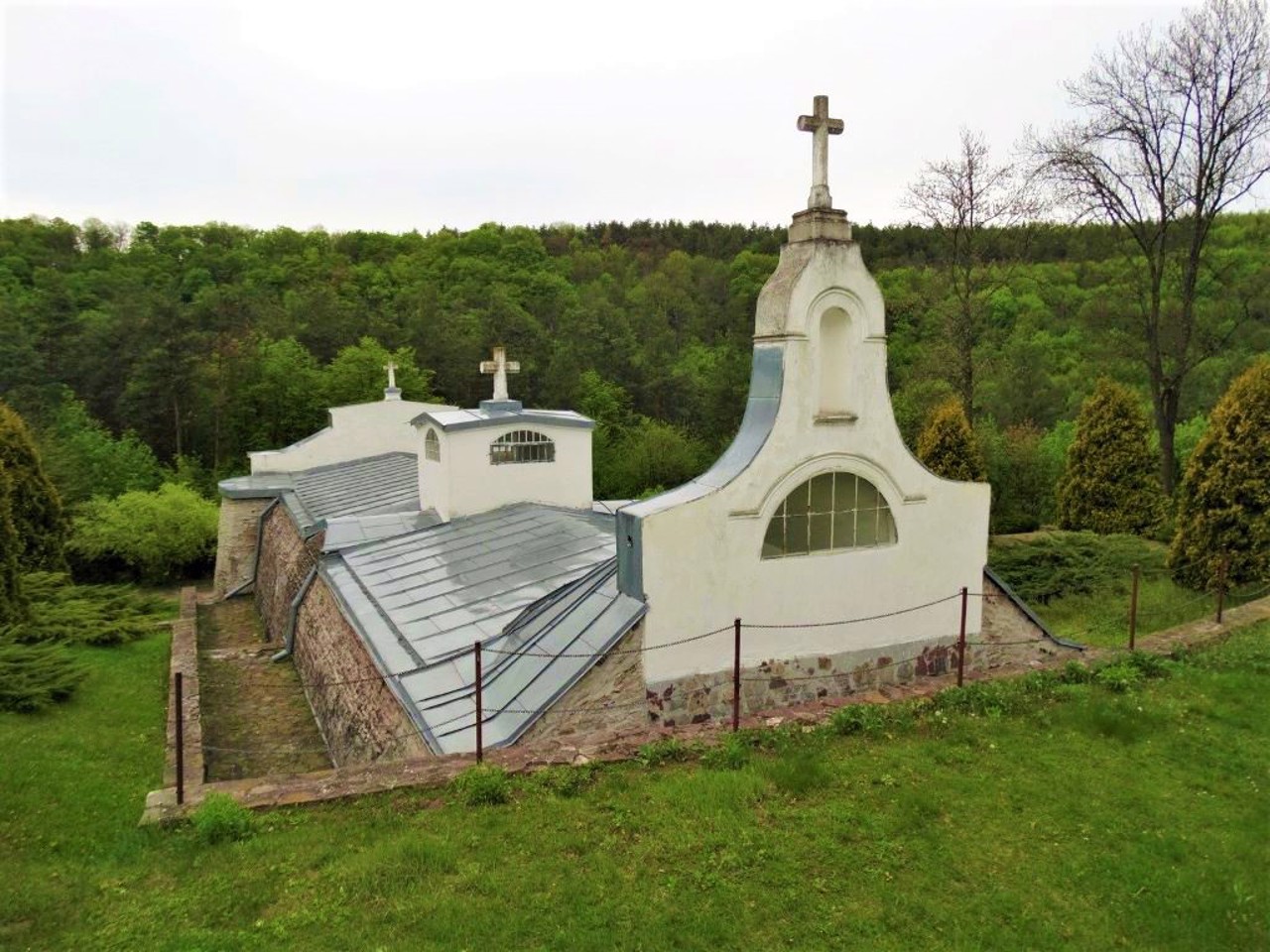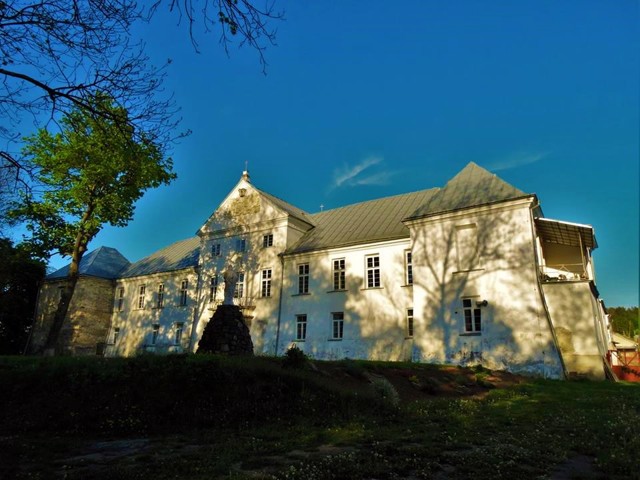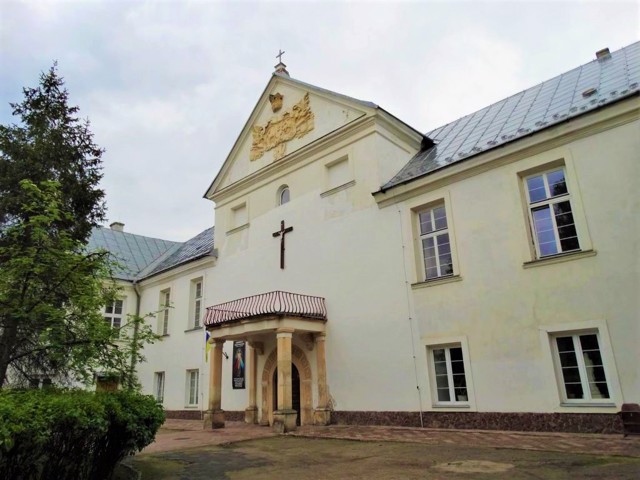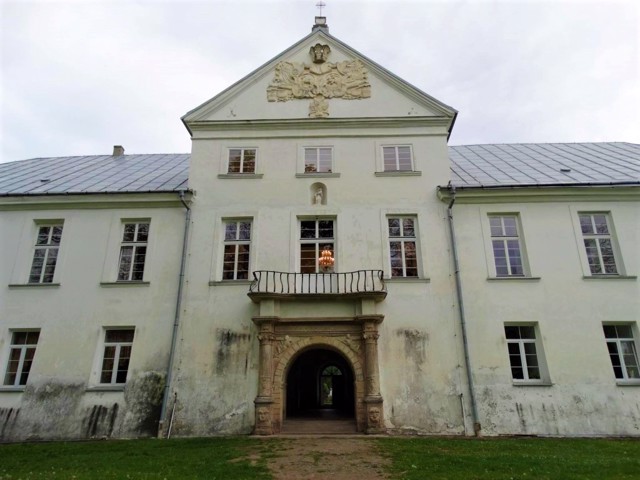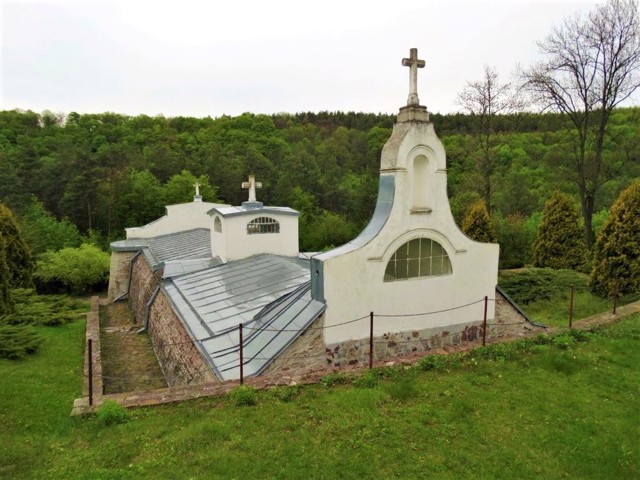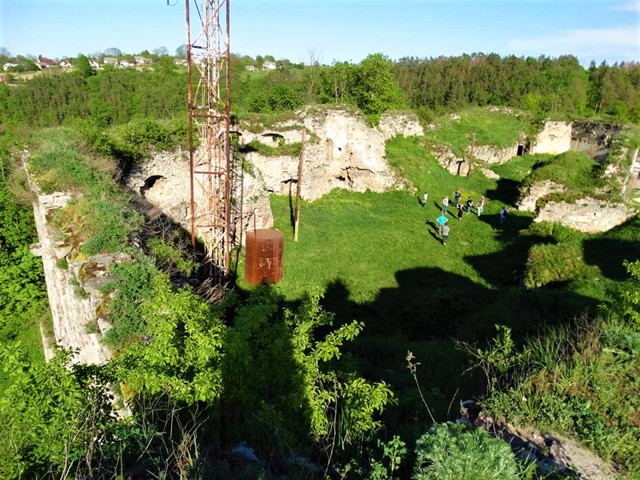Functional temporarily unavailable
General information about Yazlovets
The village of Yazlovets is located in a mountainous area above the Vilkhovets River.
It arose in the 14th century on the trade route from Lviv to Moldavia, and was in the possession of the Buchachskyi-Yazlovetskyi princes.
The Yazlovetskyi Castle, rebuilt in 1575 by Yuriy Yazlovetskyi, has been known since 1441. In the 16th century, a Renaissance Armenian church was built at the expense of the Armenian community, which was later rebuilt into the Orthodox Church of Saint Nicholas. The magnificent defensive Dominican Church of the Assumption has survived to this day in ruins.
In 1643, Yazlovets became the property of Hetman Stanislav Konietspolskyi, who began the construction of the Lower Castle, which was then transformed by Poniatovskyi into a three-story palace. ...
The village of Yazlovets is located in a mountainous area above the Vilkhovets River.
It arose in the 14th century on the trade route from Lviv to Moldavia, and was in the possession of the Buchachskyi-Yazlovetskyi princes.
The Yazlovetskyi Castle, rebuilt in 1575 by Yuriy Yazlovetskyi, has been known since 1441. In the 16th century, a Renaissance Armenian church was built at the expense of the Armenian community, which was later rebuilt into the Orthodox Church of Saint Nicholas. The magnificent defensive Dominican Church of the Assumption has survived to this day in ruins.
In 1643, Yazlovets became the property of Hetman Stanislav Konietspolskyi, who began the construction of the Lower Castle, which was then transformed by Poniatovskyi into a three-story palace.
During the War of Liberation under the leadership of Bohdan Khmelnytskyi, the castle withstood the siege of the Cossacks, but in 1672 it was stormed by Turkish troops. During the Turkish rule, the fortification was maintained in good condition, but after returning to Poland, the castle was partially dismantled for the construction of a palace, which later housed a monastery, a hospital, and a rest house.
In the 18th century, with the loss of Yazlovets trade importance, the town declined. The town hall in the form of a miniature fortress, adapted for a kindergarten, reminds of its former greatness.
Село Язловець розташоване в гористій місцевості над річкою Вільховець.
Виникло в XIV сторіччі на торговому шляху зі Львова до Молдавії, знаходилося у володінні князів Бучацьких-Язловецьких.
З 1441 року відомий Язловецький замок, перебудований в 1575 році Юрієм Язловецьким. В XVI столітті коштом вірменської громади була збудована ренесансна Вірменська церква, перебудована згодом на православну церкву Святого Миколая. В руїнах дійшов до наших днів величний оборонний домініканський Успенський костел.
В 1643 році Язловець перейшов у власність гетьмана Станіслава Конєцпольського, який почав спорудження Нижнього замку, перетвореного потім Понятовським на триповерховий палац.
За часів Визвольної війни під керівництвом Богдана Хмельницького замок витримав облогу козаків, ...
Село Язловець розташоване в гористій місцевості над річкою Вільховець.
Виникло в XIV сторіччі на торговому шляху зі Львова до Молдавії, знаходилося у володінні князів Бучацьких-Язловецьких.
З 1441 року відомий Язловецький замок, перебудований в 1575 році Юрієм Язловецьким. В XVI столітті коштом вірменської громади була збудована ренесансна Вірменська церква, перебудована згодом на православну церкву Святого Миколая. В руїнах дійшов до наших днів величний оборонний домініканський Успенський костел.
В 1643 році Язловець перейшов у власність гетьмана Станіслава Конєцпольського, який почав спорудження Нижнього замку, перетвореного потім Понятовським на триповерховий палац.
За часів Визвольної війни під керівництвом Богдана Хмельницького замок витримав облогу козаків, але в 1672 році був узятий штурмом турецькими військами. В період турецького панування укріплення підтримувалося в доброму стані, але після повернення до Польщі замок був частково розібраний для будівництва палацу, в якому надалі розміщувався монастир, лікарня, будинок відпочинку.
В XVIII столітті з втратою Язловцем торгового значення містечко занепало. Про колишню велич нагадує ратуша у вигляді мініатюрної фортеці, пристосована під дитячий садок.
Сплануй своє перебування у Yazlovets
What to see and where to go in Yazlovets
Tourist attractions and museums of Yazlovets

Assumption of Virgin Mary Church
Temple , Architecture
The majestic one-nave Gothic-Renaissance Church of the Assumption of the Virgin Mary in Yazlovets was built at the end of the 16th century at the expense of Mykolay Yazlovetskyi.
At first, it was a parish church, but in 1639 it was transferred to the Dominican monks, who founded the monastery (the semicircular chapels that were added at that time have been preserved). Nearby is a powerful open bell tower.
Polish composer Mykolay Gomulk is buried in the church.
The Yazlovets church was closed during Soviet times, and is now in a dilapidated state.
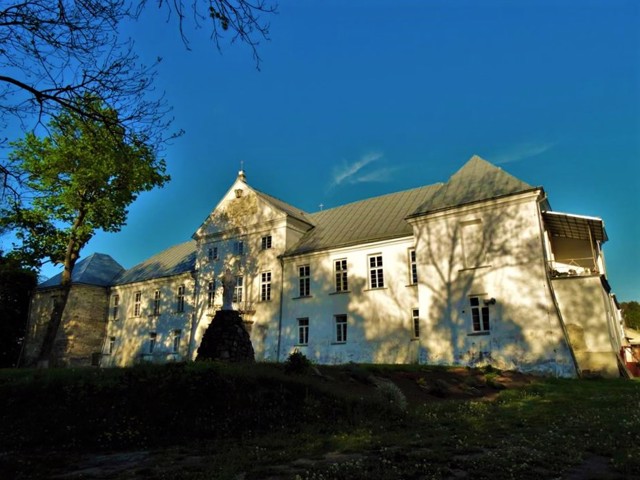
Yazlovets Castle
Architecture , Castle / fortress
Yazlovets Castle, nicknamed the "Key of Podillya", in the 16th and 17th centuries was one of the most important defensive structures in the eastern part of the Polish-Lithuanian Commonwealth, along with Kamyants-Podilskyi. Now it is one of the objects of the National Reserve "Castles of Ternopil Region".
The castle in Yazlovets was founded by representatives of the magnate family of Buczacki-Jazłowiecki. In the 15th century, Teodoryk Buczacki-Jazłowiecki turned it into a powerful bastion, in 1550-1575 Jerzy Jazłowiecki expanded the castle and later completed a huge four-story tower. Below were casemates, on the third floor was the entrance to the city, on the fourth floor there were living quarters. The gate was led by a bridge on wooden posts, in its final part - hinged.
In 1643, the new owner Hetman Aleksandr Koniecpolski built an outer defensive ring - the Lower Castle. During the Liberation War, the fortress withstood the siege of the Cossack troops, but in 1672 it fell under the pressure of the Turks.
In 1746, Stanisław Poniatowski (father of the Polish king Stanisław August) built a palace on the site of the Lower Castle, which was remodeled and improved by Baron Krzysztof Błażowski.
In 1863, the baron donated the palace with the ruins of the castle and the garden to the Sisters of the Immaculate Conception for the establishment of a convent and a school for girls. Blessed Marcelina Darowska, the founder of the monastery, is buried in the crypt on the territory.
During Soviet times, the monastery was closed, there was a hospital, then a sanatorium. The latter is still functioning, sharing premises with the monastery, which was revived in 1999.
Today it is the Retreat House named after Marcelina Darowska of the Immaculate Conception of the Virgin Mary. The nuns keep the palace and park in good condition and welcome tourists.
Reviews Yazlovets
Geographical information about Yazlovets
| {{itemKey}} | {{itemValue}} |
|---|---|
| Region |
Ternopil |
